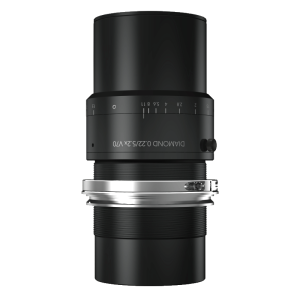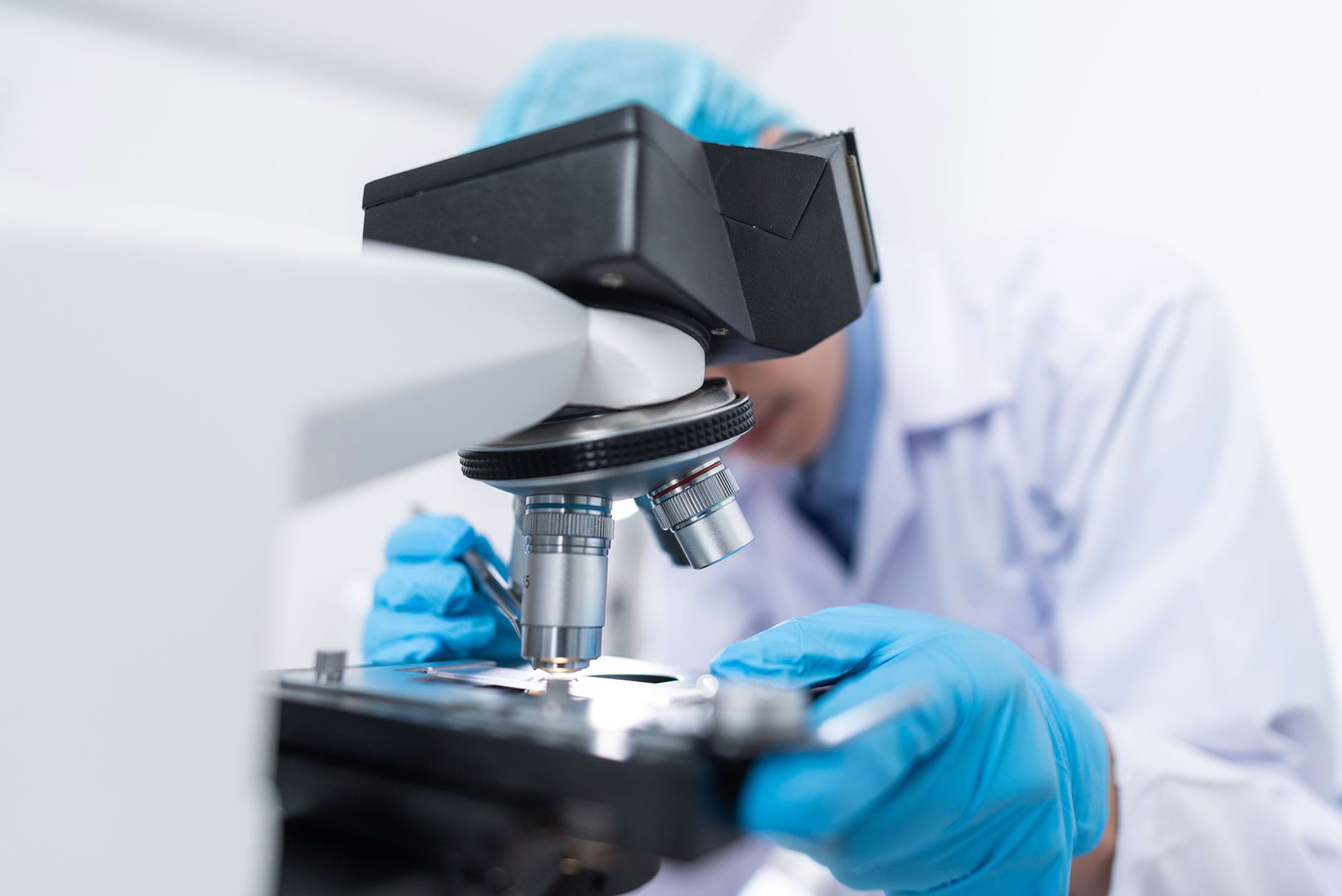↓
Innovative scientific imaging with our DIAMOND lenses
The ExA-SPIM method represents a major breakthrough in microscopy. It enables the visualization of centimeter-sized brain tissue with nanometer resolution without the need for tissue sectioning. This is achieved through advanced tissue processing combined with state-of-the-art fluorescence microscopy. Our DIAMOND lenses play a crucial role. Their large image circle and high magnification allow the analysis of larger samples in a single image without additional segmentation. The technique developed by Adam Glaser and his team at the Allen Institute opens up new possibilities for neuroscience. It enables a deeper understanding of brain structure and function, particularly in the study of complex neurological diseases and disorders.












